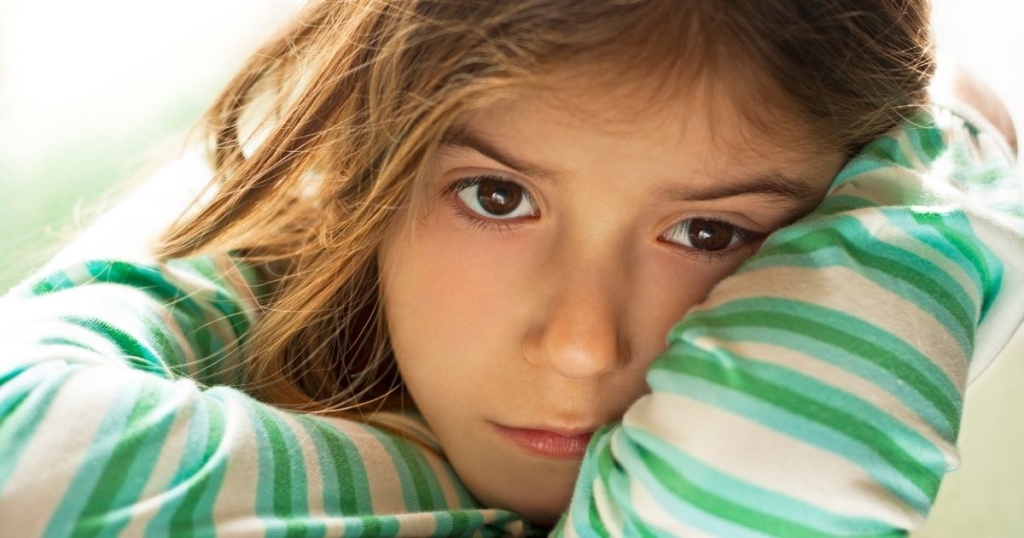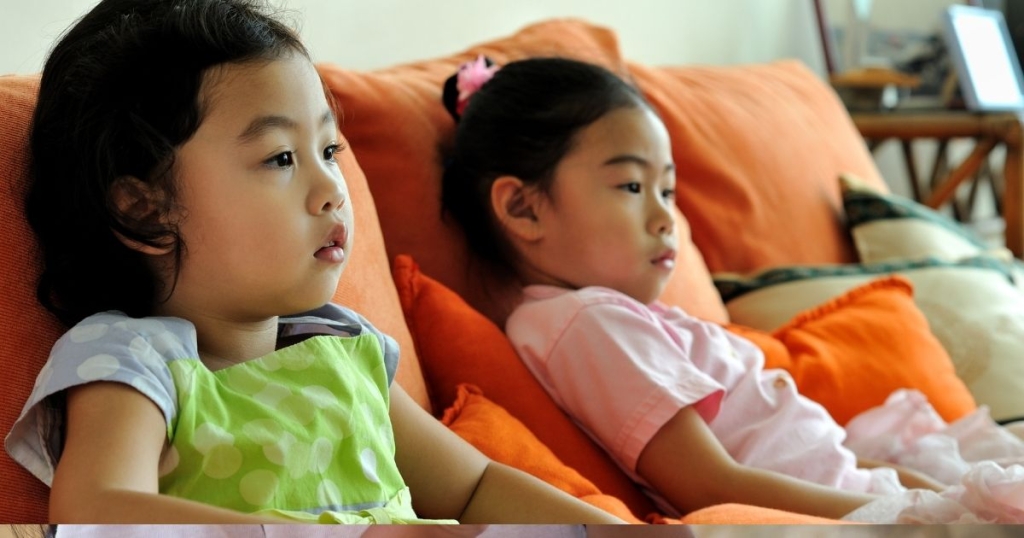
Author: Alison L. Christy, MD, PhD, Providence Pediatric Neurology at St. Vincent Medical Center – Portland, Oregon
Reviewed: October 2021
SUMMARY
Dysautonomia is a medical problem with the autonomic nervous system. Symptoms vary, but they can include:
- Low or high blood pressure
- Changes in heart rate
- Fainting
- Sweating or drooling
- Fatigue
JUMP TO
Disorder Overview
DESCRIPTION
In dysautonomia, the different parts of the nervous system are out of balance. They do not work together as needed.
The nervous system can be divided into two parts:
- Central nervous system (CNS). The CNS consists of the brain and spinal cord.
- Peripheral nervous system (PNS). The PNS consists of the nerves that travel from the CNS out through the body and back. The PNS itself can also be divided into two parts:
- Somatic nervous system. Controls voluntary movement.
- Autonomic nervous system. Regulates functions of the body without conscious thought.
Role of the Autonomic Nervous System
The autonomic nervous system works to regulate involuntary, or unconscious, bodily functions. For instance, it can regulate breathing, even if we are not thinking about breathing. It can also regulate:
- Heart rate
- Blood pressure
- Sweating
- Digestion


The autonomic system is part of the PNS. However, some areas of the CNS can also affect the autonomic system. These areas of the CNS include:
- The hypothalamus, which regulates hormones
- Parts of the brain that respond to emotions
Abnormalities in the Autonomic System
Most of the time, the CNS works with the PNS to keep a balance, or homeostasis, among the systems. This keeps the nervous systems working well. In dysautonomia, these systems do not work properly.
Postural Orthostatic Tachycardia Syndrome (POTS)
POTS is a relatively common type of dysautonomia. It is discussed in detail here.
SIGNS AND SYMPTOMS
General Symptoms
Symptoms of dysautonomia can include, but are not limited to:
- Orthostatic hypotension (a drop in blood pressure with standing)
- Tachycardia (rapid heart rate)
- Lightheadedness or dizziness
- Fatigue
- Anxiety
- Nausea or vomiting
- Headache
- Syncope (fainting or passing out)
- Intolerance of heat or cold
- Constipation
- Abnormal sweating
- Frequent urination or urinary accidents


Symptoms of Familial Dysautonomia (FD)
FD is an inherited condition. It usually affects infants shortly after birth. It is also known as Riley-Day syndrome or HSAN Type III. Symptoms include:
- Problems feeding
- Low tone (floppiness)
- Low body temperature
- Fewer tears produced with crying
- Excessive sweating and drooling
- Decreased responses to pain
- An unusually smooth tongue (absent tastebuds)
In early childhood, children with FD may develop something called autonomic crises. These crises can be very dangerous. They usually consist of:
- A sudden onset of vomiting
- High blood pressure
- Rapid heartrate


CAUSES
Dysautonomia can be caused by various problems with the CNS or PNS. Possible causes include:
Brain damage
Brain damage may stem from:
- Stroke
- Loss of myelin, a protective coating on the nerves
- Brain tumors
- Physical trauma
Genetic differences
Two examples include:
- Familial dysautonomia. FD is an inherited condition involving the ELP1 (or IKBKAP) gene. FD passes from parent to child. It has an autosomal recessive pattern. This means that two abnormal copies of the gene are needed for a child to be affected. Usually, each parent will have one normal and one abnormal copy of the gene. They will not have symptoms. However, if a child inherits an abnormal copy from both parents, the child will have symptoms.
- Small-fiber neuropathy. Some patients have a problem with small sensory nerves in the skin. When children have this, it is usually caused by an inherited genetic difference.
Autoimmune disease
Infection
Guillain-Barre syndrome can occur after certain bacterial or viral infections. It affects the nerves of the PNS. Most people with GBS have symptoms of dysautonomia. They also experience a weakness that starts in the feet and moves upward through the body.
DIAGNOSIS AND LABORATORY INVESTIGATIONS
The tests used for this disorder depend on what the doctor thinks is causing it. The tests may include:
Head imaging
Genetic testing
Tilt-table testing
Skin biopsy
TREATMENT AND THERAPIES
Treatment of this disorder depends on its type and on how severe the symptoms are. Some examples of treatments are listed below.
POTS
The relatively common type known as POTS has several possible treatments. One of the most important is increasing hydration.
- Most adults and adolescents with POTS should drink about 64 ounces (2 liters) of fluid a day.
- Many younger children should drink as much in ounces as their weight in kilograms. A 25-kilogram (55-pound) child may need to drink about 25 ounces of fluid a day. However, it is important to discuss young children’s fluid consumption with a physician.
Orthostatic Hypotension (OH)
Autoimmune or Post-Infectious Types
OUTLOOK
There is usually no cure for dysautonomia. The long-term outcome depends on the underlying cause and the severity of symptoms.


Resources
Organizations
Dysautonomia International
Dysautonomia International is a 501(c)(3) organization that advocates for over 70 million individuals worldwide who live with autonomic nervous system disorders through research, clinician education, public awareness, and patient empowerment programs.
Dysautonomia International has a listing of support groups based on geographic location, type of dysautonomia, and communities (military, parents, and teens).
Dysautonomia Support Network
Dysautonomia Support Network (DSN) is a U.S. based, 501(c)(3) non-profit whose mission is to provide a community that empowers and supports those affected by dysautonomia to live their best lives.
On Facebook, DSN hosts a public Dysautonomia Support Network as well as a private Dysautonomia Support Network – Global Community
The Dysautonomia Project
The mission of The Dysautonomia Project is to educate healthcare professionals, patients, and communities about dysautonomia.
Bobby Jones Chiari & Syringomyelia Foundation
The mission of the Bobby Jones Chiari & Syringomyelia Foundation (Bobby Jones CSF) is to advance knowledge through research and to educate the medical, allied sciences and lay communities about Chiari, syringomyelia and related disorders, including Dysautonomia.
Patient information includes the Chiari Malformation & Syringomyelia Handbook which is an excellent resource for patients and medical professionals. Join the online community to connect with patients, families, friends and caregivers for support and inspiration.
Child Neurology Foundation (CNF) solicits resources from the community to be included on this webpage through an application process. CNF reserves the right to remove entities at any time if information is deemed inappropriate or inconsistent with the mission, vision, and values of CNF.
Research
ClinicalTrial.gov for Dysautonomia (birth to 17 years)
These are clinical trials that are recruiting or will be recruiting. Updates are made daily, so you are encouraged to check back frequently.
ClinicalTrials.gov is a database of privately and publicly funded clinical studies conducted around the world. This is a resource provided by the U.S. National Library of Medicine (NLM), which is an institute within the National Institutes of Health (NIH). Listing a study does not mean it has been evaluated by the U.S. Federal Government. Please read the NLM disclaimer for details.
Before participating in a study, you are encouraged to talk to your health care provider and learn about the risks and potential benefits.
The information in the CNF Child Neurology Disorder Directory is not intended to provide diagnosis, treatment, or medical advice and should not be considered a substitute for advice from a healthcare professional. Content provided is for informational purposes only. CNF is not responsible for actions taken based on the information included on this webpage. Please consult with a physician or other healthcare professional regarding any medical or health related diagnosis or treatment options.
References
Dysautonomia International. http://www.dysautonomiainternational.org
Dysautonomia Support Network. https://www.dysautonomiasupport.org/
Eichler FS. Hereditary sensory and autonomic neuropathies. In: UpToDate, Goddeau R (Ed), UpToDate, Waltham, MA.
Lange DJ, Robinson-Papp J. Immune-mediated neuropathies. In: UpToDate, Goddeau R (Ed), UpToDate, Waltham, MA.
Hoejimakers JGJ, Faber CG, et al. (2016). Small fiber neuropathy in children: two case reports illustrating the importance of recognition. Pediatrics. 138(4):e20161215. https://doi.org/10.1542/peds.2016-1215
Journal of Child Neurology, 2021. What your pediatric neurologist wants you to know: POTS. [podcast] SAGE Neuroscience and Neurology. Available at: http://sageneuroscience.sage-publications.libsynpro.com/jcn-what-your-pediatric-neurologist-wants-you-to-know-pots
National Institute of Neurological Disorders and Stroke. Dysautonomia Information Page https://www.ninds.nih.gov/Disorders/All-Disorders/Dysautonomia-Information-Page
Shohat M and Hubshman MW (2014). Familial Dysautonomia. GeneReviews. https://www.ncbi.nlm.nih.gov/books/NBK1180/
Thank you to our 2023 Disorder Directory partners:





